All About Storm Windows
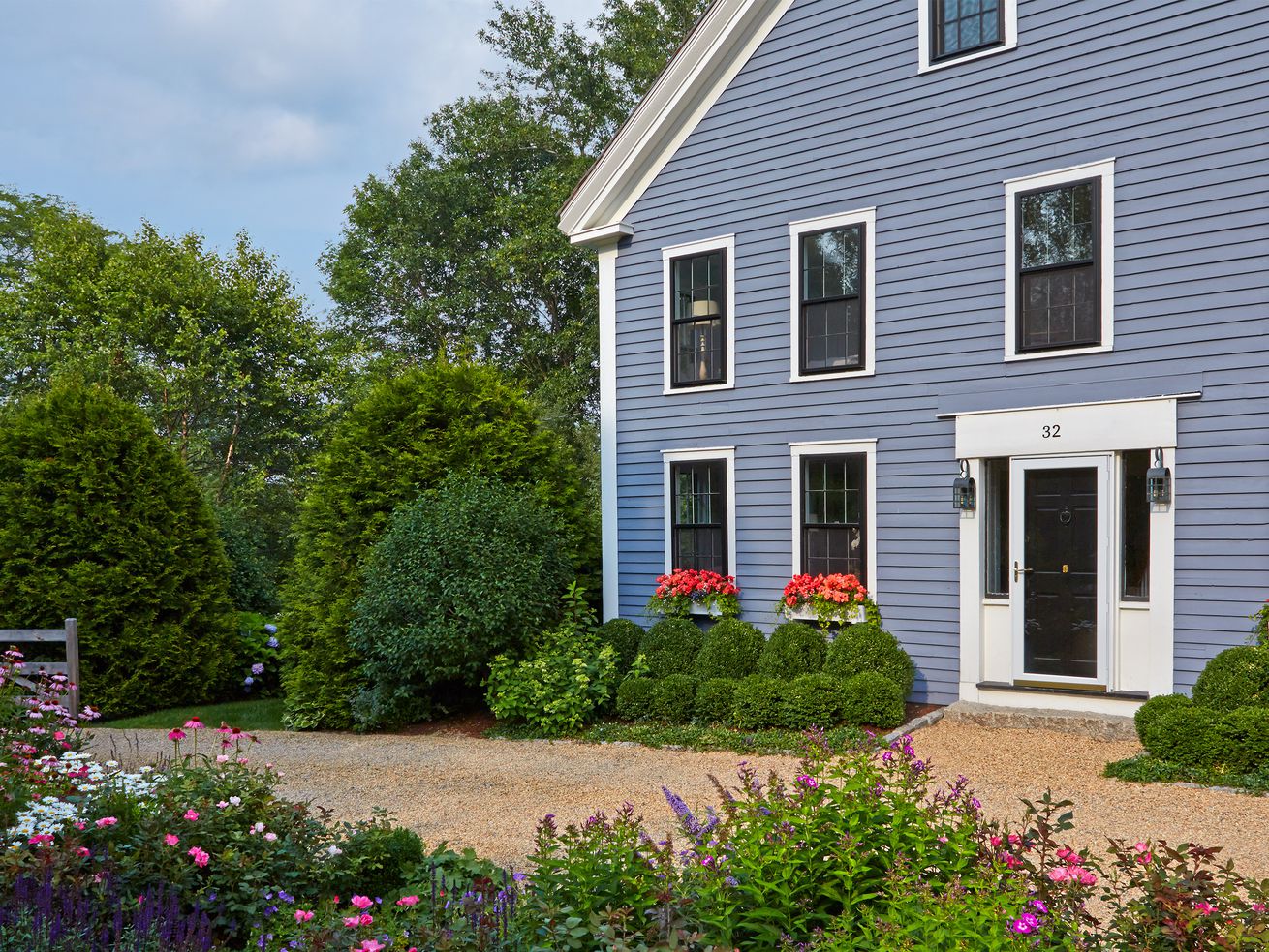
>
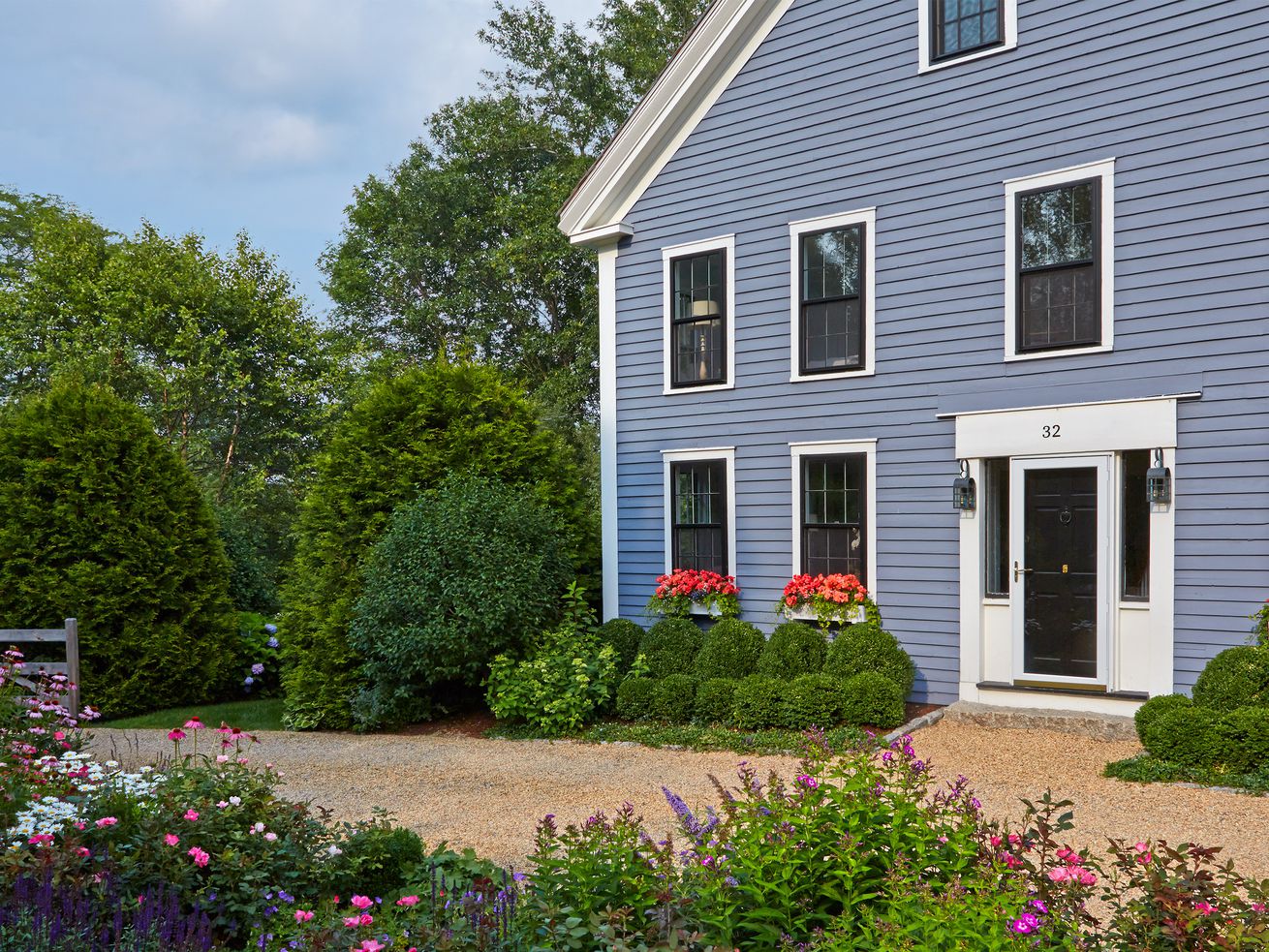
Aluminum storms with bold black frames protect the original windows on this 1800s farmhouse, and give it an updated look. Similar to shown: Concord Double-Hung aluminum storm windows, from $175 for a 30×50-inch unit; Provia | Charles Mayer
Preserve nice, wood windows—or just save on the cost of replacement—while boosting energy efficiency and reducing noise transmission with the newest generation of storm windows.
This article appeared in the Fall 2021 issue of This Old House Magazine. Click here to learn how to subscribe
Until double-pane windows became popular in the 1970s, the only way homeowners could improve the thermal performance of drafty, single-pane units was to add exterior storm windows. For the more than 40 million homes that still have single-glazed windows, adding storms continues to be a smart way to protect the main sashes from weather, block out traffic sounds, and improve energy performance—for less than the cost of replacement windows. When added to handsome original windows worth preserving, they can uphold a historical home’s architectural integrity, too.
Those familiar “triple-tracks,” which hold one screen and two glass sashes on separate tracks, were invented in the 1930s as a weather-resistant alternative to wood-frame storm windows; they allowed homeowners to swap glass for insect screens in summer, without having to remove the storms. Early steel models tended to rust; after 1945, when manufacturers switched to rustproof aluminum, this style really took off.
Today’s storm windows are generally made of aluminum that’s enamel-coated to further resist corrosion, and come equipped with screens and sliding glass panels. When fitted with glass that has a low-e coating, they can save as much energy as new windows. “Storm window technology has improved substantially over the last several years,” says Quanta Technologies’ Jay Reyher, an 11-year industry veteran. “Not only is the cost less than that of a replacement window, the performance is equivalent, and the life span is often longer.”
Things to Know About Storm Windows
What do they cost?
Storm windows with aluminum frames, the most common type, cost about $80 to $185 for a 30×50-inch unit, uninstalled. Wood-framed storms are a specialty item; prices start at $200 for a 30×50-inch unit.
How long do they last?
Enamel-coated aluminum frames should last at least 30 to 40 years, and wood frames that are sealed or painted will last as long if maintained. The glass should last for the life of the frame.
What’s the warranty?
It ranges from five years to a limited lifetime warranty. Sometimes the glass is included; if not, the company may sell an extended warranty for it.
Should you DIY or hire it out?
Installing storm windows can be challenging for a DIYer, especially on upper floors, where the work often requires two people on extension ladders. No special tools are needed, however—just a paint scraper, a caulk gun, and a drill/driver. Expect to pay about $50 to $200 per window for a pro installation, depending on where you live and the type of storm windows involved.
re They Storm Windows Right for You?
Storm windows are an economical choice for many homeowners. Here are the benefits and drawbacks to consider.
Pros of Storm Windows
REDUCE ENERGY BILLS: Low-e storm windows can cut utility costs by as much as 30 percent, according to the U.S. Department of Energy. PRESERVE EXISTING WINDOWS: This is especially valuable to homeowners who appreciate the architectural interest that their original windows add. COST LESS THAN NEW WINDOWS: The price of a storm window is about 25 to 50 percent less than that of a replacement window.PROTECT AGAINST THE ELEMENTS: Storms shield a home’s windows from wind, rain, sleet, and snow.BLOCK SOUND: Storm windows help dampen noise from traffic, barking dogs, and leaf blowers. Some models claim they can reduce noise transmission by up to 95 percent. CAN STAY IN YEAR ROUND: Double- or triple-track storms allow windows to be opened and closed, so there’s no need to remove them when the weather warms up.
Cons of Storm Windows
ALTER THE FACADE: Some exterior storm windows have a lower profile than others, but all of them are visible from the street, which can impact curb appeal.ARE IMPRACTICAL TO DIY: Installing storms is usually a two-person job, and requires extension ladders if the home is more than one story tall.REQUIRE SOME UPKEEP: Wood storm frames in particular need to be repainted periodically to maintain their integrity. And weep holes on aluminum models must be kept clear to prevent water damage to the windowsill.
natomy of a “double-track”
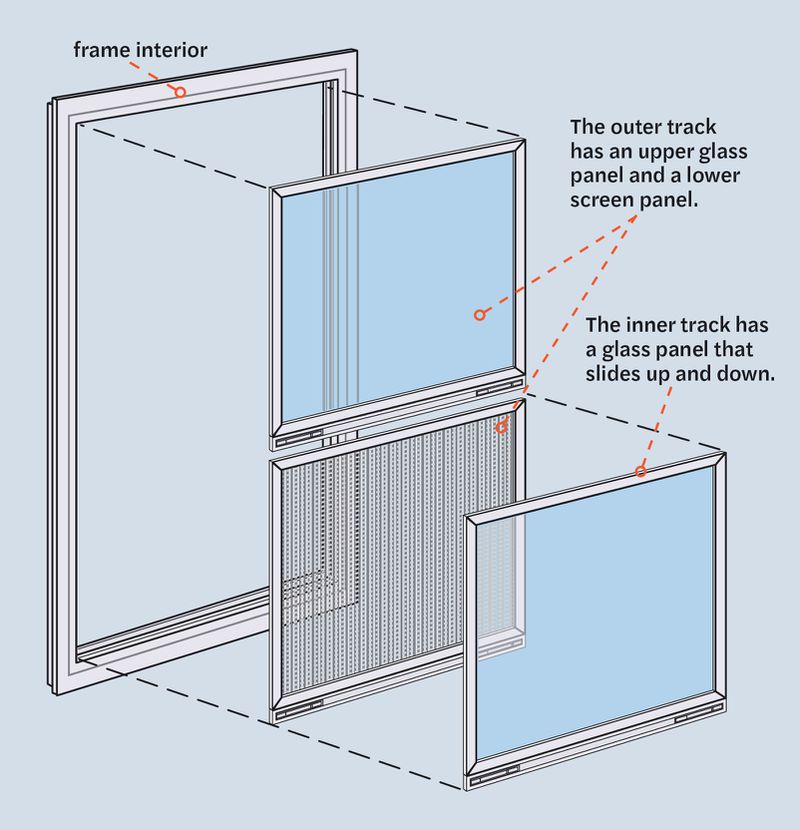
Ian WorpoleWhile you can still buy triple-tracks, most storm windows today have two tracks. Instead of three operable panels (two glass, one screen), each on a separate track, a typical two-track system has an upper glass panel and a lower screen panel on the outer track, and a glass panel on the inner track that slides up and down for ventilation (as shown above). Fewer tracks allow for a thinner, less noticeable frame. Storms can also be labeled as a combination; this catchall term means there’s a screen and movable glass panels, although the exact configurations vary depending on the manufacturer.
TOH Pro Tip
“Remove storms once a year to clear out any debris. Spray silicone dry lubricant on the tracks and locking clips to keep them operating smoothly.” —Tom Silva, general contractor
Types of Storm Windows
Exterior frames equipped with glass panels are typically made of aluminum or woods such as mahogany, Spanish cedar, or pine.
luminum
Affordable and durable, aluminum units screw into the window frames or on top of the casings, and come with standard or low-e glass panels. The best models have coatings on the frames that resist corrosion to help ensure smooth operation. Some brands offer a wide range of color choices.
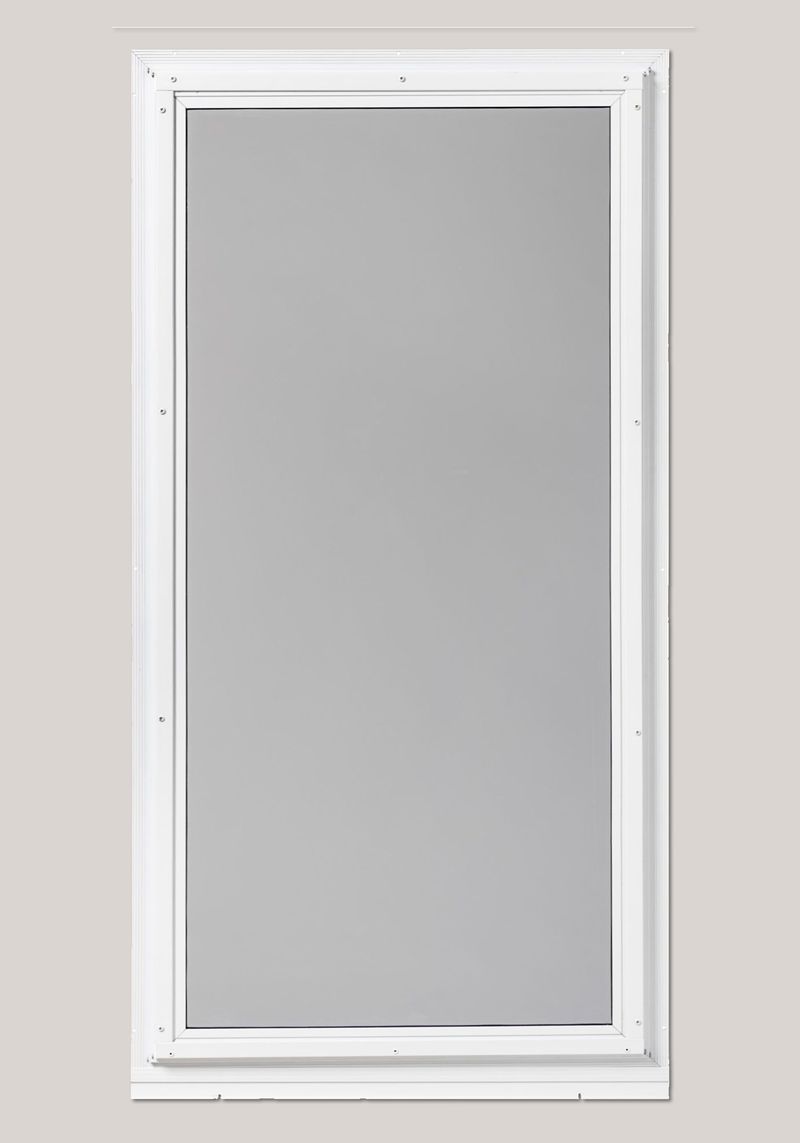
Fixed: These have slim, low-profile frames that are less noticeable from the street. Shown: 502-PW Architectural Low-e Storm Window, available in 185 custom colors. $185 for a 28×58-inch unit; QuantaPanel
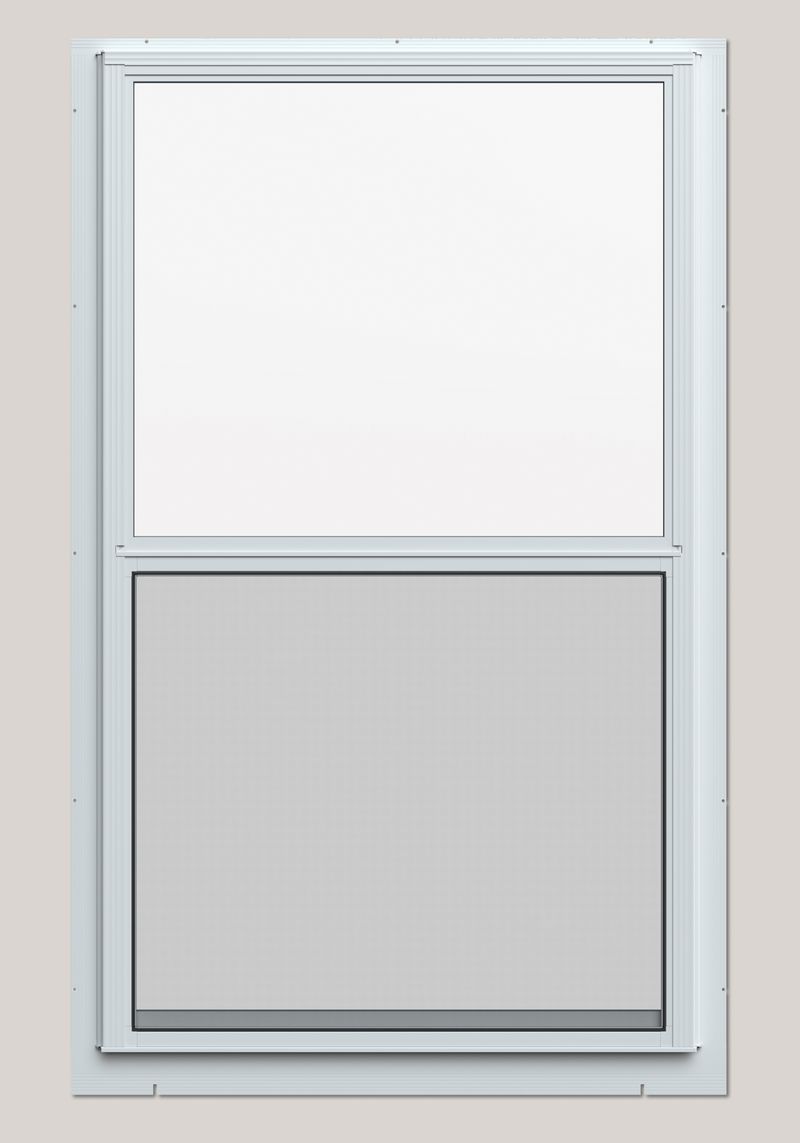
Combination: Their double-track design delivers a cleaner look than their bulkier triple-track predecessors. Shown: Performance Series L301ES Double-Hung Storm Window, from $85 for a 31×55-inch unit; Larson
Wood
These are a specialty item and a custom order. The frames are typically solid wood with mortise-and-tenon joinery; they usually come primed or painted. They fit inside the window frame and are held in place with turn buttons or are attached to the head casing with hanger clips. Low-e glass may be an option.
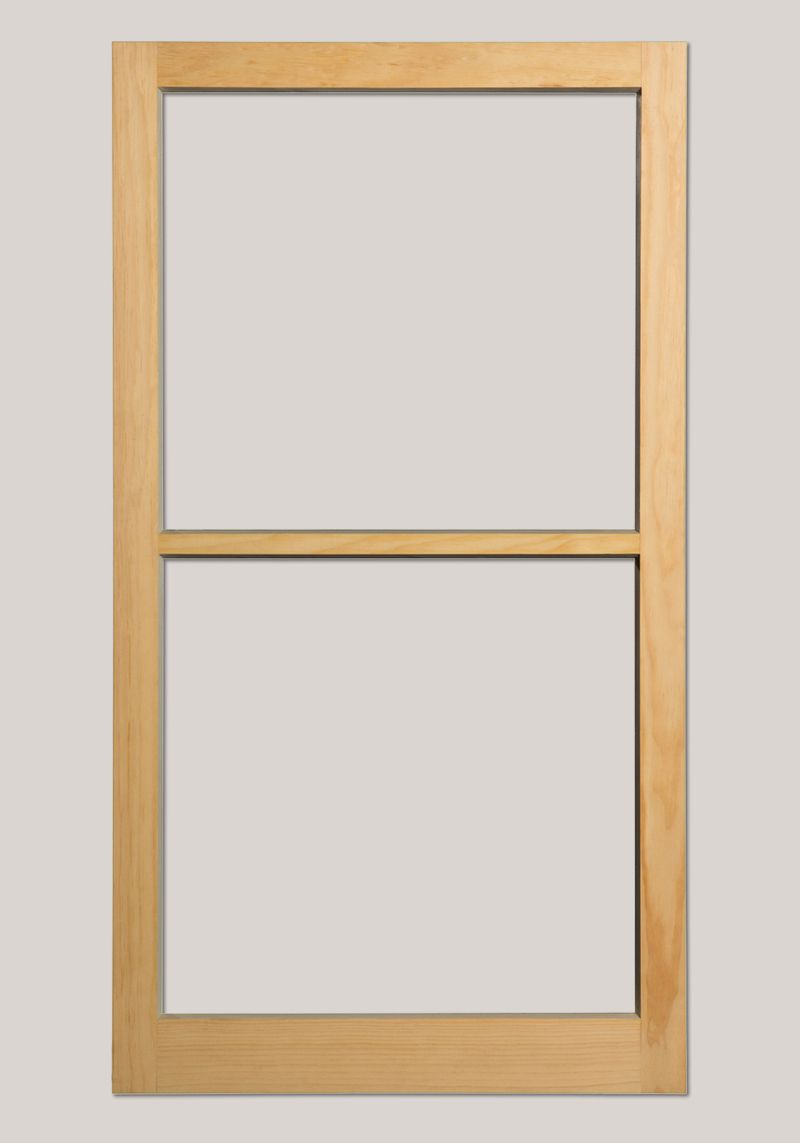
Fixed: If installed with hangers, these can be pushed out from the bottom, awning style, for ventilation. Some units have hardware attached to the frames to hold them open. Shown: Traditional Storm Window, from $198 for a 30×50-inch unit; Adams Architectural Millwork Co.
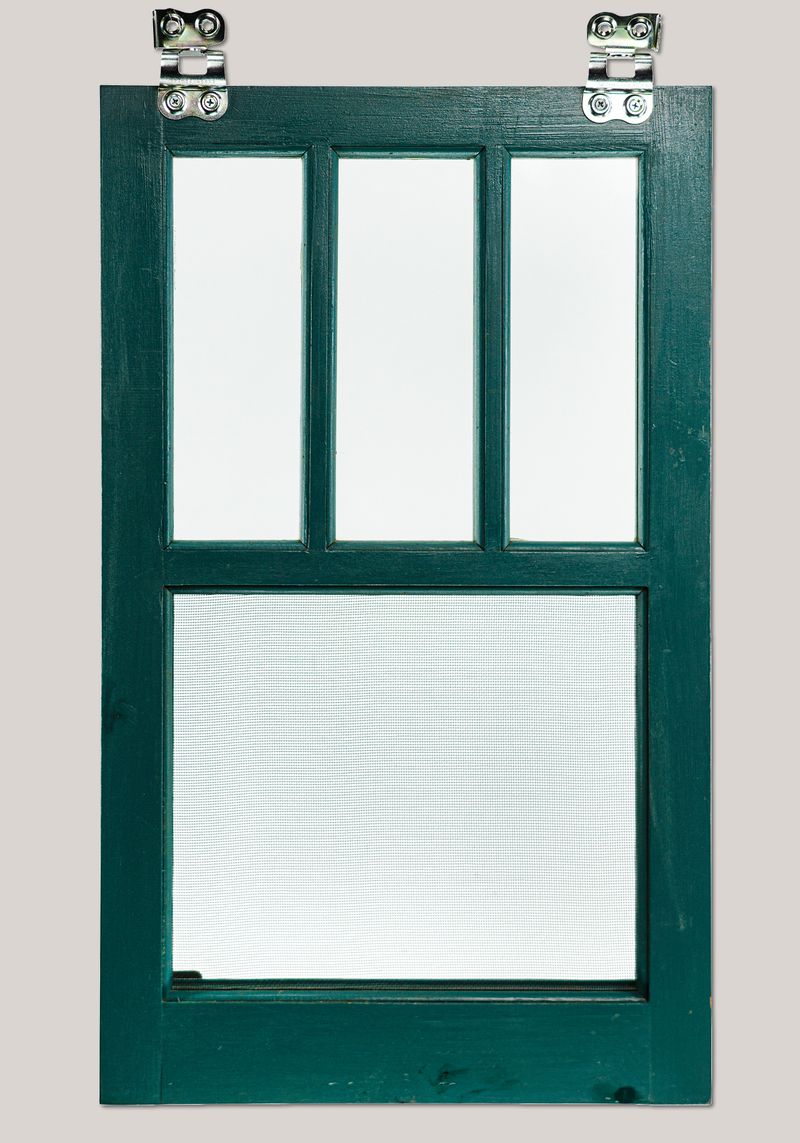
Combination: These have a historical look but also slide open to allow in fresh air through the screen. Shown: All-Season Hanging Window with reproduction hanging hardware, about $400 for a 30×50-inch unit; SpencerWorks Inc.

Look for the Energy Star label
Low-emissivity, or low-e, glass has a film applied to one side that reflects heat and UV rays; it is 30 to 50 percent more energy efficient than standard glass. That’s why storms made with it typically have Energy Star certification, meaning they meet or exceed standards for air infiltration and heat transmission. When offered as an add-on, the cost is 10 to 15 percent more than for standard glass.
Tips for Installing Storm Windows
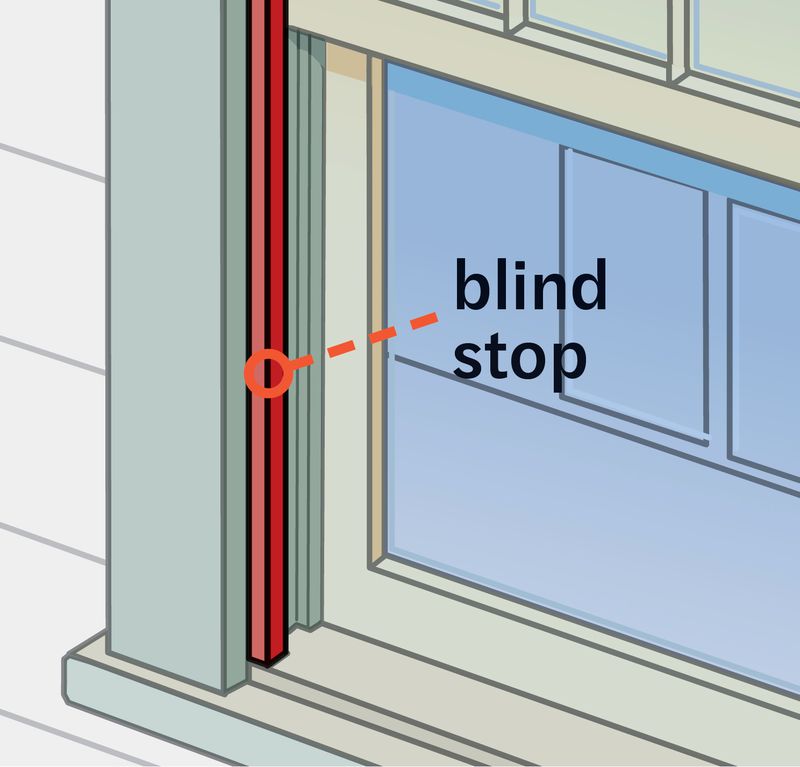
Ian WorpoleFollow these guidelines from Tom Silva to ensure storm windows will fit snugly and operate smoothly.
Measure the opening. Start by measuring the opening’s height. Then measure the width at three points: along the bottom, middle, and top. This tells you if the window’s sides are parallel; if you don’t get equal measurements, use the smallest one. Specify your casing style. This detail ensures the storm is properly sized for the window. Western-style casings have a “blind stop” on the inside of the opening (shown in red). This provides a place to attach storm windows so they are recessed and less noticeable. The width and height of the storm can be up to 1/4 inch smaller than the opening’s smallest measurement; this leaves room for the casing to expand in heat or humidity. Just make sure the storm’s fins don’t touch the inside edges of the casing.
On older Eastern-style casings, storms are centered over the opening, and the fins attach to the surface of the window casing. The units should be at least 1 1/4 inches wider and 1/2 inch taller than the window opening’s largest measurement; this ensures there’s enough material for the screws to bite into. Clear the opening. Scrape off old paint or dried caulk, and prime bare spots.Seal three sides. Apply a bead of butyl or elastomeric caulk to the inside edge of the storm along the top and sides, but not the bottom—this ensures any trapped moisture can escape.Make sure it’s square. Center the storm on the window and attach the top with screws. Lower the bottom sash to check that the frame is square, then attach the sides with screws.Mind the bottom gap. Check that the weep holes are clear, then lower the expanding bottom rail to touch the sill.
Boost the view from the curb
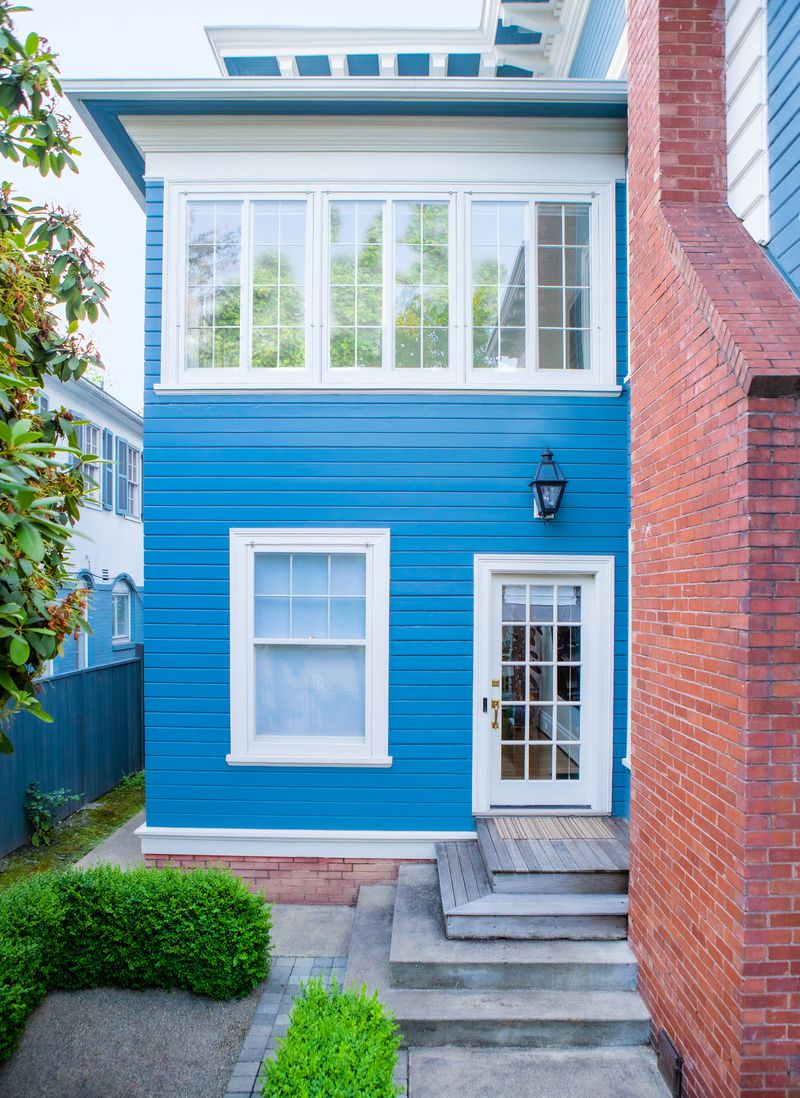
Kitta BodmerUnobtrusive wood storms blend seamlessly with the original windows on this historic house in Portland, OR. Shown: Custom Douglas fir units by Stephen ColvinHere are some ways to work with your home’s facade, whether the goal is for storms to blend in or stand out.
For a seamless look, match the color of the storm window frames to the exterior of the sashes.With wood storms, consider painting the frames an accent color, perhaps matched to the front door. With double-hung windows, line up the meeting rails on the storms with the ones on the main sashes. For storms installed on top of the casings, leave as much of a reveal as possible around the frames.
The interior option
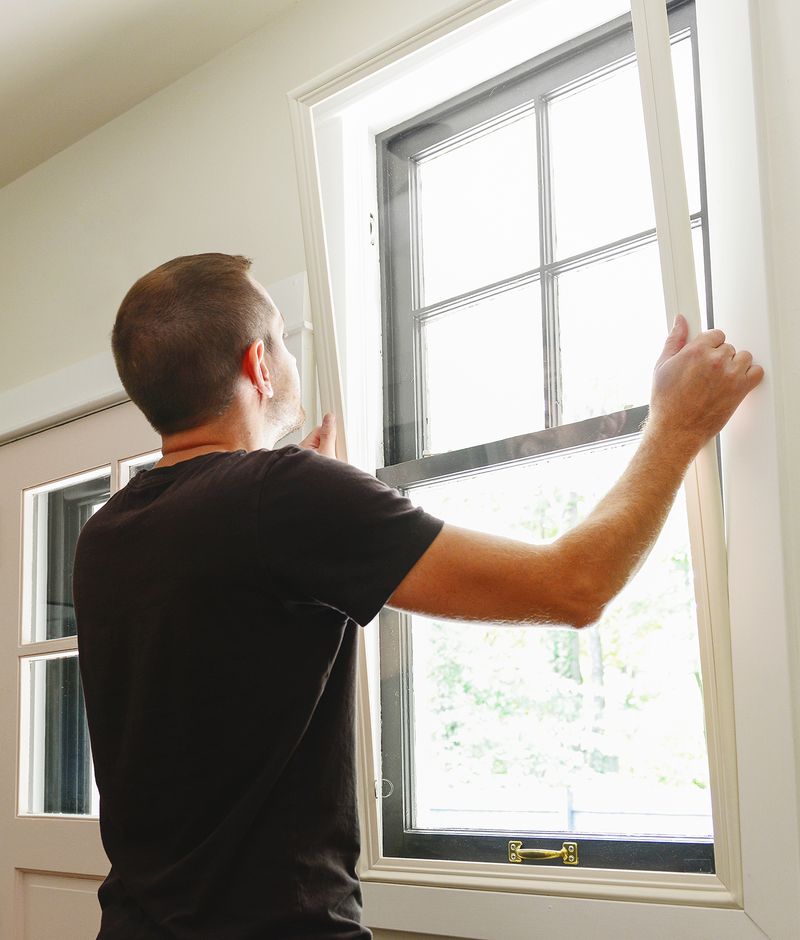
Compression-fit storms install in minutes; simply press them into the window frame. Shown: Standard Grade storm window, about $324 for a 30×50-inch unit; IndowStorm windows installed on the inside save energy without changing the look of your home’s exterior.
Interior storm windows with features like low-e glass and airtight seals have been around for about a decade—and their popularity is growing. Homeowners like that they’re not visible from the street; they’re also the only option for windows that swing out, including most casement styles. Unlike exterior units, they don’t protect windows from the weather. But they do rival exterior storms when it comes to saving energy and reducing noise.
They are either “permanent,” attached to the window jamb with screws, or held in place via a compression or magnetic frame. The panels come in glass or acrylic; some are fixed, while others slide open to let in fresh air. Interior units are made to order to your exact measurements. Expect to pay $240 and up for a 30×50-inch window.
Acrylic panels, in particular, scratch easily, so if you plan to remove interior storms in the spring, manufacturers suggest wrapping each one securely in a bedsheet or the packaging it came in, and storing them flat, no more than three in a stack.
How are storm windows mounted?
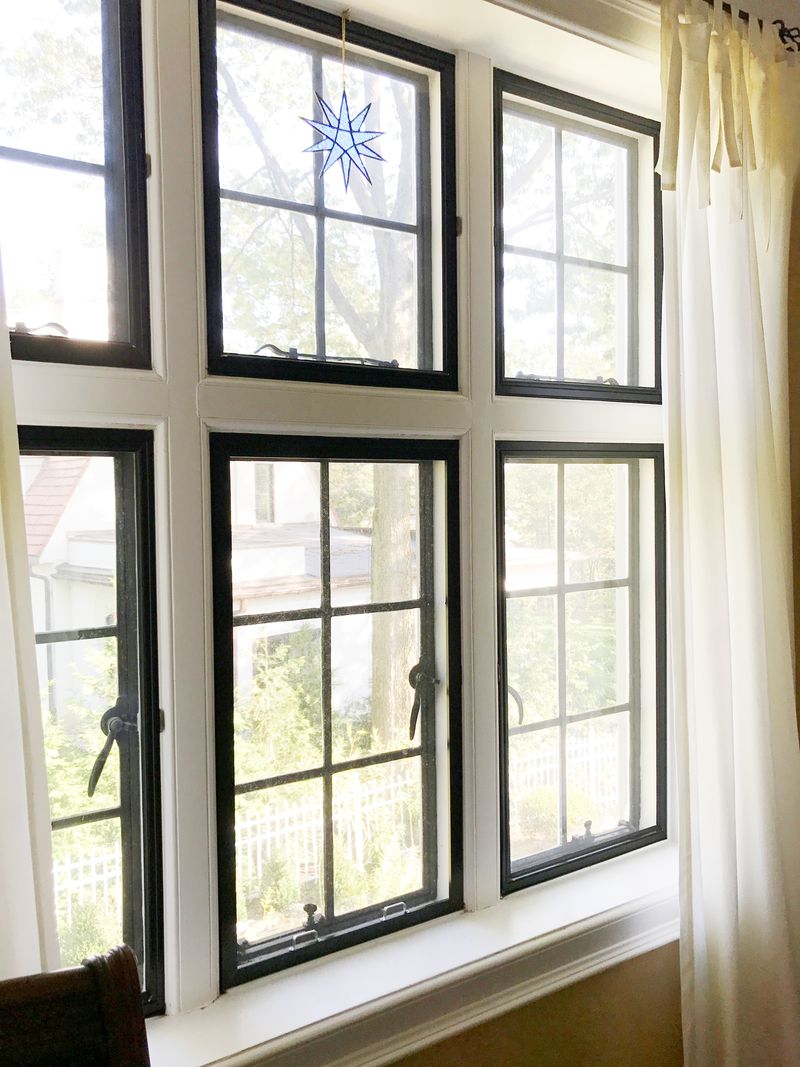
Courtesy: Allied Window, Inc., CincinnatiInterior storms work with out-swinging casement windows. Shown: Outswing Casement Magnetic One Lite Interior Option, from $175 for a 19½×24-inch unit; Allied Window Inc.Interior storm windows are held in place in different ways.
Compression fit: These create an airtight seal when pressed into the window jamb. Some have soft silicone gaskets (Indow); others are made with spring-loaded vinyl frames (InnerGlass Window Systems). They are available with single acrylic or low-e glass panels.Magnetic strips: A system of adhesive-backed magnetic strips on both the storm window frame—which is typically aluminum (Allied Windows Inc.)—and the window jamb hold these units in place. Single or double acrylic panels may also come with magnetic strips mounted to a vinyl compression seal (Climate Seal). The magnetic strips are also available as part of a DIY kit that comes with enough materials to build seven average-size storm window frames ($199, Window Saver Company); you supply the acrylic panels.Screw-in: These have an aluminum frame that either attaches to the window casing (QuantaPanel) or hangs from a bracket on the window’s top jamb (Larson). They come in many configurations, including fixed single panel, double-track, and horizontal slider, with or without screens, and are available with standard or low-e glass.Acrylic or glass panes? There are advantages to both. Glass can have a low-e coating applied to it to meet Energy Star standards. And because glass has greater mass, it makes a better sound barrier. Lighter-weight acrylic is shatterproof and easier to handle; it’s also better at blocking UV rays than standard glass. The cost of ⅛-inch-thick standard glass is about $3 per square foot, compared with $5 for low-e glass and $6 for acrylic.
How to save money on installation
Get the historical look for less: With ready-to-assemble window kits by Adams Architectural Millworks, you’ll save 30 percent on the cost of an exterior storm. The kits include a precut pine frame; the customer supplies the glass and the labor.
